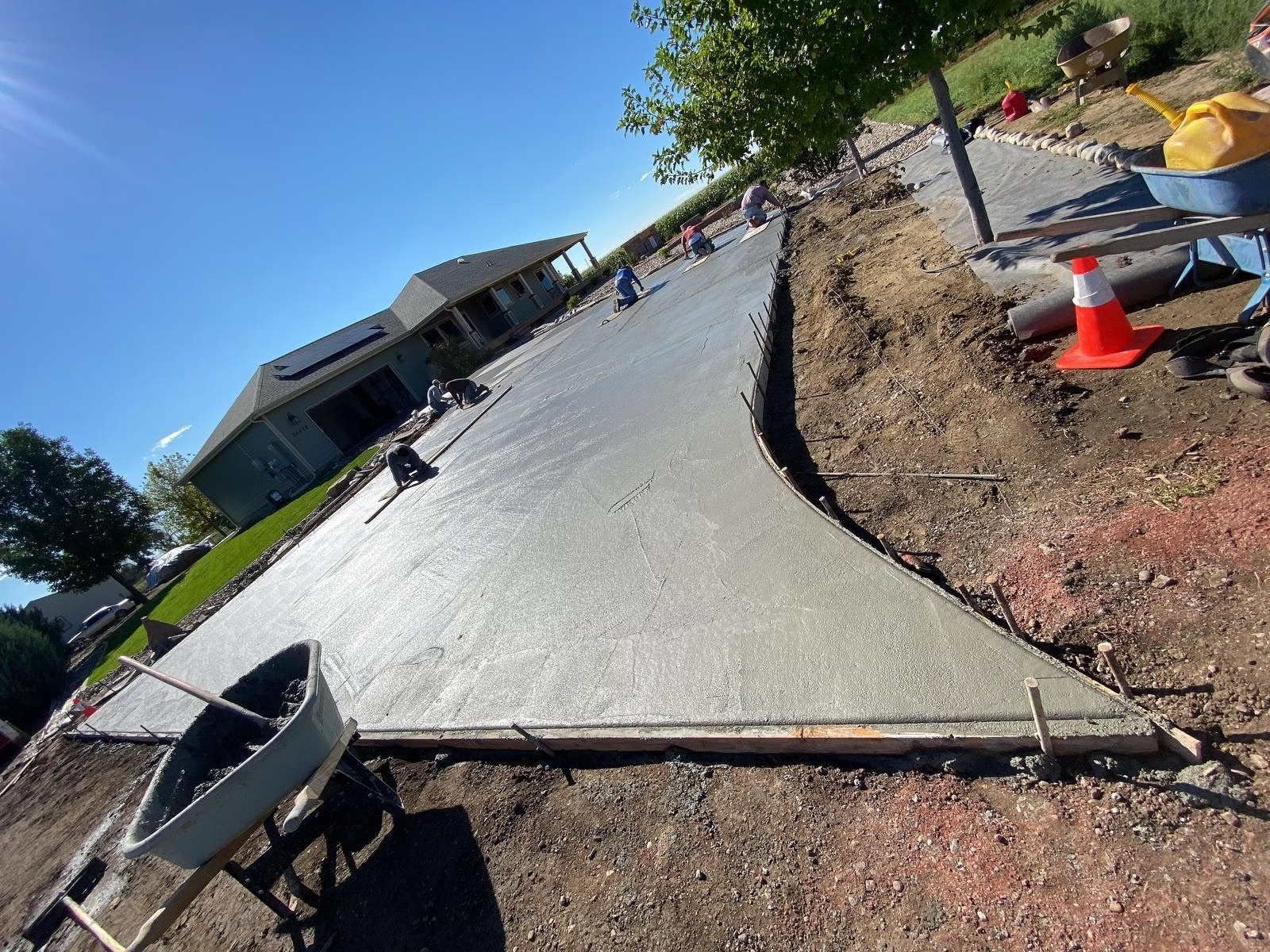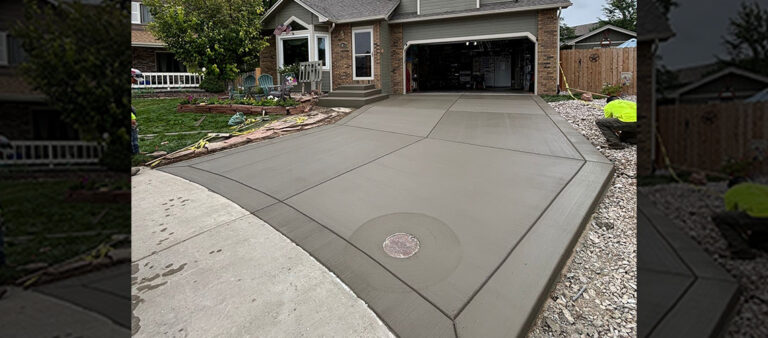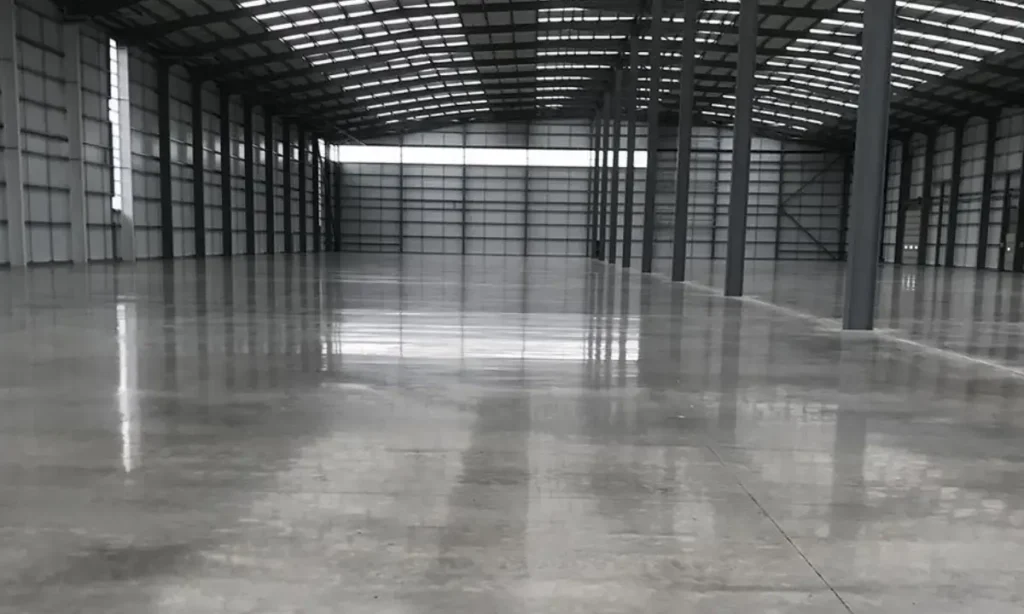In the challenging terrain of Northern Colorado, where the landscape varies from expansive plains to rugged mountains, construction projects face unique geological hurdles. Ground preparation, particularly ground compaction, plays a pivotal role in ensuring the stability, durability, and longevity of concrete structures. This comprehensive guide explores the significance of ground compaction in Northern Colorado’s concrete construction industry, delving into its benefits, process, and expert recommendations for achieving optimal results.
Understanding Northern Colorado’s Geological Challenges:
Northern Colorado’s geological diversity presents construction projects with a myriad of challenges. The region’s soil composition, moisture levels, and geological formations vary widely, impacting the performance of concrete structures. Expansive soils, characterized by their tendency to swell and shrink with changes in moisture content, pose significant risks to construction projects.
Additionally, extreme weather conditions, including freezing temperatures and heavy precipitation, further exacerbate the challenges, leading to soil movement and structural instability.
The Role of Ground Compaction:
Ground compaction is a fundamental step in the construction process that involves mechanically densifying the soil to increase its load-bearing capacity and reduce the risk of settlement or subsidence. In Northern Colorado, where soil conditions are highly variable and expansive soils are prevalent, proper compaction is essential to ensure the integrity and stability of concrete foundations.
By compacting the ground effectively, construction teams can mitigate the effects of soil movement, such as swelling, shrinking, and frost heave, thereby safeguarding the structural integrity of concrete structures.
Benefits of Ground Compaction:
1. Stability:
Compacted soil provides a solid and stable foundation for concrete structures, minimizing the risk of uneven settlement or structural damage over time. By increasing the density of the soil, compaction enhances its ability to support the weight of heavy concrete loads, ensuring long-term stability and performance.
2. Durability:
Properly compacted soil reduces the likelihood of soil movement and associated damage to concrete structures, enhancing their durability and longevity. By mitigating the effects of expansive soils and frost heave, compaction helps preserve the structural integrity of concrete foundations, minimizing the need for costly repairs or replacements.
3. Load Bearing Capacity:
Compacted soil has a higher load-bearing capacity, meaning it can support heavier loads without experiencing excessive settlement or deformation. This is particularly important in areas with expansive soils, where the risk of soil movement and structural damage is heightened.
4. Drainage Improvement:
Compacted soil promotes better drainage, preventing water from accumulating beneath concrete slabs and reducing the risk of erosion or soil erosion. Proper drainage is essential for maintaining the structural integrity of concrete foundations, as water infiltration can weaken the soil and compromise its load-bearing capacity over time.
The Compaction Process:
Achieving optimal ground compaction requires a systematic approach and adherence to best practices. The compaction process typically involves the following steps:
1. Site Preparation:
Clear the construction site of any debris, vegetation, or organic materials that may interfere with the compaction process. It’s essential to start with a clean and level surface to ensure uniform compaction across the entire site.
2. Soil Analysis:
Conduct a thorough analysis of the soil conditions to determine the appropriate compaction method and equipment needed for the project. Factors such as soil type, moisture content, and compaction specifications will influence the selection of compaction equipment and techniques.
3. Compaction Equipment:
Choose the appropriate compaction equipment based on the soil type and project requirements. Vibratory rollers, plate compactors, and pneumatic tampers are commonly used for soil compaction, each offering unique advantages depending on the specific conditions of the site.
4. Compaction Testing:
Perform compaction tests at regular intervals throughout the process to ensure that the desired density and moisture content are achieved. Field density tests, such as the sand cone test or nuclear density test, provide valuable insights into the effectiveness of the compaction efforts and help verify compliance with project specifications.
5. Quality Assurance:
Monitor the compaction process closely and make any necessary adjustments to ensure consistent and uniform compaction across the entire site. Quality assurance measures, such as regular inspection and testing, help identify potential issues early on and ensure that the compaction meets the required standards for the project.
In Northern Colorado’s challenging construction environment, proper ground compaction is paramount for the success and longevity of concrete structures. By investing in thorough soil preparation and adhering to best practices for compaction, construction teams can mitigate the risks associated with expansive soils and extreme weather conditions, ensuring stable, durable, and long-lasting foundations.
At Hugo’s Concrete, we understand the critical importance of ground compaction in Northern Colorado’s construction industry, which is why we offer expert guidance and high-quality concrete products to support our customers’ projects. Trust us to deliver the performance, reliability, and durability you need to bring your vision to life in Northern Colorado’s dynamic landscape.





